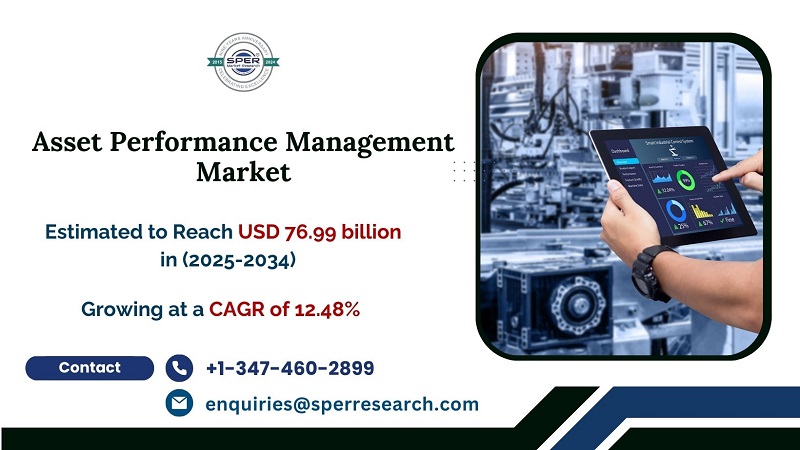Interactive display is a touch-sensitive screen that allows users to interact directly with content through writing, swiping, or tapping to interact. Interactive displays, which are frequently utilized in business, retail, and educational contexts, incorporate elements such digital pens, multi-touch capabilities, and connectivity choices to support real-time information exchange, collaboration, and dynamic presentations. White boarding, annotation, and multimedia integration software are frequently incorporated onto these displays, making them extremely flexible tools for improving interaction and communication. Interactive displays, as opposed to static ones, promote user involvement, which enhances customer interactions, decision-making, and learning opportunities. Many sectors use them widely due to their versatility and ease of usage.
According to SPER market research, ‘Interactive Display Market Size- By Display Type, By Application – Regional Outlook, Competitive Strategies and Segment Forecast to 2034’ state that the Interactive Display Market is predicted to reach 105.35 billion by 2034 with a CAGR of 8.09%.
Drivers: The market for interactive displays is expanding rapidly due to a number of important considerations. One of the main drivers of the growing need for digital learning aids in the education sector is the emergence of smart classrooms. In the business sector, remote and hybrid work environments are supported by the requirement for sophisticated collaboration tools like interactive whiteboards and touchscreens. Adoption is further increased by technological innovations that improve user experience, such as multi-touch capabilities, 4K resolution, and interaction with software platforms. Additionally, the need for interactive kiosks and digital signs is driven by growing expectations for consumer participation in the retail and entertainment industries. Accelerating market expansion is also greatly aided by government efforts that support digital transformation in a variety of industries.
Restraints: For displays, producing interesting and interactive material can take a lot of effort and resources. Organizations with limited design and development expertise may find this difficult. Managing and updating content across several monitors can also be difficult, necessitating specialist software and dedicated staff. LCD and LED screens, two common forms of traditional displays, are still in use today and may be less expensive for certain uses. Due to competition, the market for interactive displays may not expand as much as it could since companies may decide to use traditional displays because of their perceived value or cost. Nonetheless, the market for interactive displays is anticipated to expand as the advantages of these displays are more widely acknowledged and as technology advances.
Request a Free Sample Report: https://www.sperresearch.com/report-store/interactive-display-market?sample=1
The market was dominated by North America. Since the need for immersive and captivating technologies in a variety of industries has grown over the past ten years, interactive displays have become increasingly popular in North America. Some significant market players are Box Light Corporation, eyefactive GmbH, HORIZON DISPLAY INC., IDEUM, LG Display Co., Marvel Technology (China) Co., Ltd, MMT GmbH & Co. KG., Panasonic Corporation, SHARP CORPORATION and TableConnect, VIEWSONIC CORPORATION.
Interactive Display Market Segmentation:
By Display Type: Based on the Display Type, Global Interactive Display Market is segmented as; Interactive Kiosk, Interactive Video wall, Interactive Table, Interactive Monitor, Interactive Whiteboard.
By Application: Based on the Application, Global Interactive Display Market is segmented as; Retail, Hospitality, Healthcare, Transportation, BFSI, Corporate, Entertainment, Education.
By Region: This research also includes data for North America, Latin America, Asia-Pacific, Europe and Middle East & Africa.
For More Information, refer to below link: –
Interactive Display Market Forecast
Related Reports:
Follow Us –
LinkedIn | Instagram | Facebook | Twitter
Contact Us:
enquiries@sperresearch.com
+1–347–460–2899









